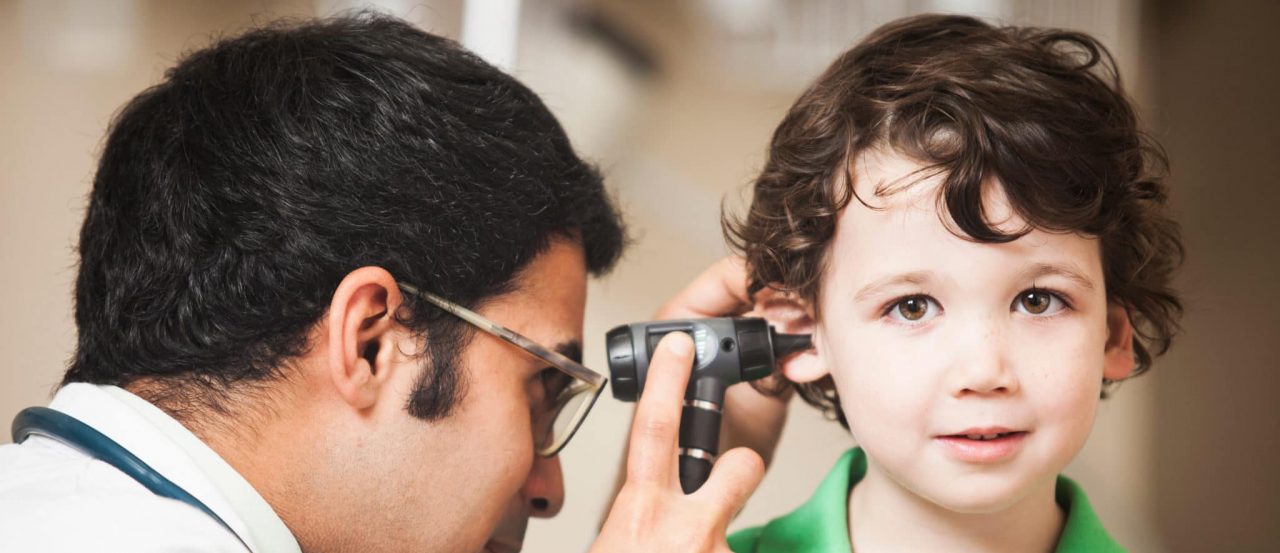What Causes Ear Infections?
By the far the most common type of ear infection in children are infections of the middle ear, otherwise known as otitis media. These infections occur when fluid fills the space between the eardrum and the inner ear. This can happen when the Eustachian tube becomes blocked due to a virus or bacterium, preventing mucus and pus from draining out of the middle ear or when the Eustachian tube is unable to close fully between swallows. In this case bacteria are able to enter the middle ear through the Eustachian tube. In either case infection puts pressure on the eardrum causing pain.
Why Do Children Get Ear Infections So Often?
Children are especially susceptible to ear infections thanks in large part to anatomy. The Eustachian tubes, which are still developing until about the age of two, are shorter and less steeply angled than those of adults. This makes them less equipped to protect the middle ear from infection.
What Are the Symptoms of a Pediatric Ear Infection?
The first sign of an ear infection may be an increase in irritability. Some children cry inconsolably. You may notice your child pulling or tugging on the ear. The pain may be worse when lying down. Other symptoms of ear infection include:
- Fluid discharge from the affected ear
- A feeling of fullness in the ear
- Difficulty hearing
- Trouble sleeping
- Headache
- Fever
- Dizziness
- Vomiting
- Diarrhea
- Lack of appetite

How Is a Child’s Ear Infection Diagnosed?
Your doctor will examine your child’s ear with an otoscope. If the ear drums appear dull or red or the middle ear contains fluid or pus, then an ear infection is likely to blame. A hearing test may be recommended, especially if your child has had ear infections in the past.
How Are Ear Infections Treated?
Acute otitis media is typically treated with antibiotics. If the infections are to frequent or there is concern that they may be affecting the hearing then tympanostomy tubes may be necessary.